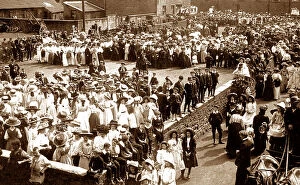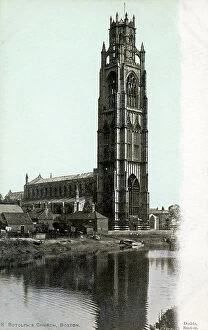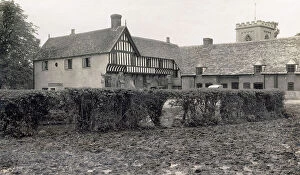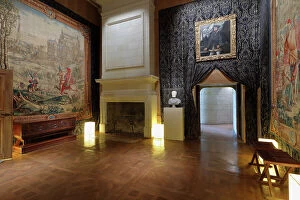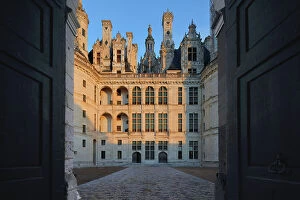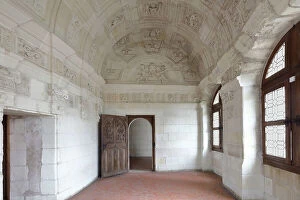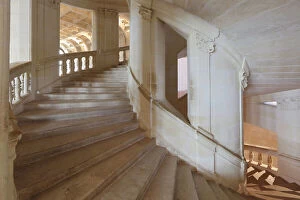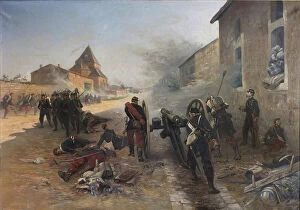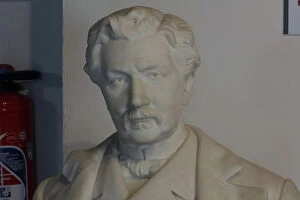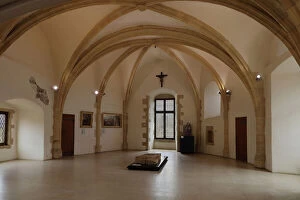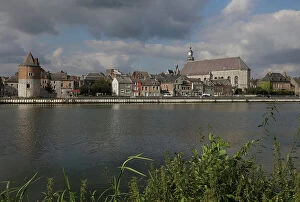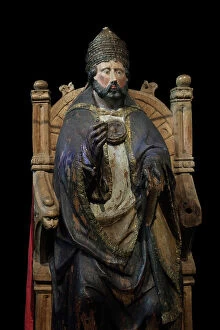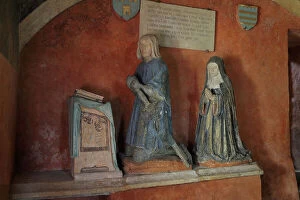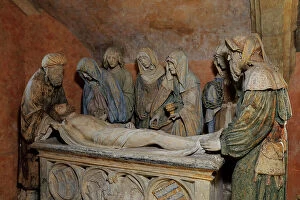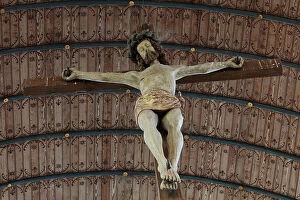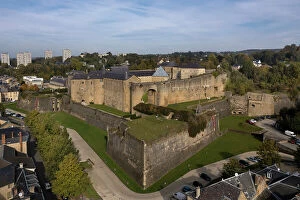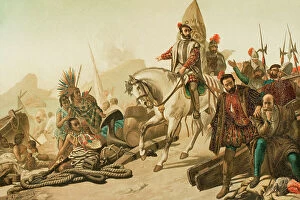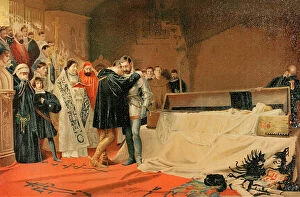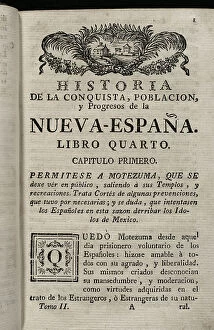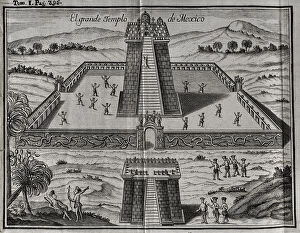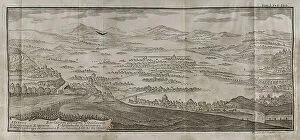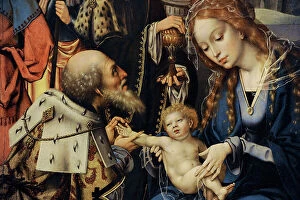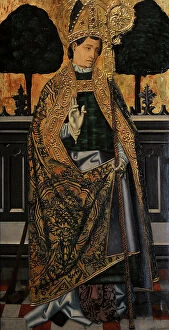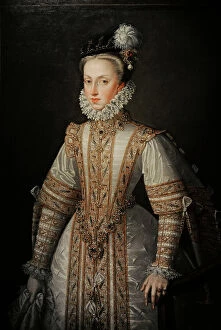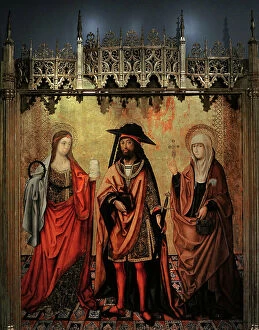16th Collection (page 7)
In the 16th century, a world of wonder and change unfolded before our eyes
All Professionally Made to Order for Quick Shipping
In the 16th century, a world of wonder and change unfolded before our eyes. From the delicate strokes of Durer's praying hands to Anne Boleyn's captivating presence, this era was filled with remarkable moments that shaped history. As we gaze upon Durer's artistry, his portrayal of praying hands reminds us of the deep spirituality that permeated society during this time. The religious fervor was not limited to Europe alone; in distant lands like Mexico, Alonso de Santa Cruz meticulously crafted a map of Tenochtitlan, showcasing the rich cultural tapestry that existed beyond borders. Amidst political intrigue and power struggles, figures like Anne Boleyn emerged as influential icons. Her enigmatic allure captivated hearts and minds alike, leaving an indelible mark on Tudor England. Meanwhile, SANTI di TITO immortalized Niccolo through his portrait - a testament to the importance placed on individuality and self-expression. The Mary Rose stands as a symbol of maritime exploration during this period. This majestic ship sailed across uncharted waters with brave souls aboard who sought new horizons and discoveries yet unknown. And while ships ventured into uncharted territories, James Clark depicted the harrowing Bombardment of Hartlepools - reminding us of the harsh realities faced by communities caught in conflicts. Artistic expression flourished in various forms: from Guido Reni's masterpiece depicting The Assumption of the Virgin Mary to Durer's Young Hare capturing nature's beauty with astounding precision. These works remind us that creativity knows no bounds and can transcend time itself. Beyond art lies Elizabethan London - a bustling city teeming with life and energy. It was here where Shakespeare penned timeless plays that continue to resonate today. In addition to literature came sport; boxing rules were established in 1743, laying down foundations for one-on-one combat within defined boundaries. The 16th century encapsulated an age marked by exploration, religious fervor, artistic brilliance, and societal transformation.

